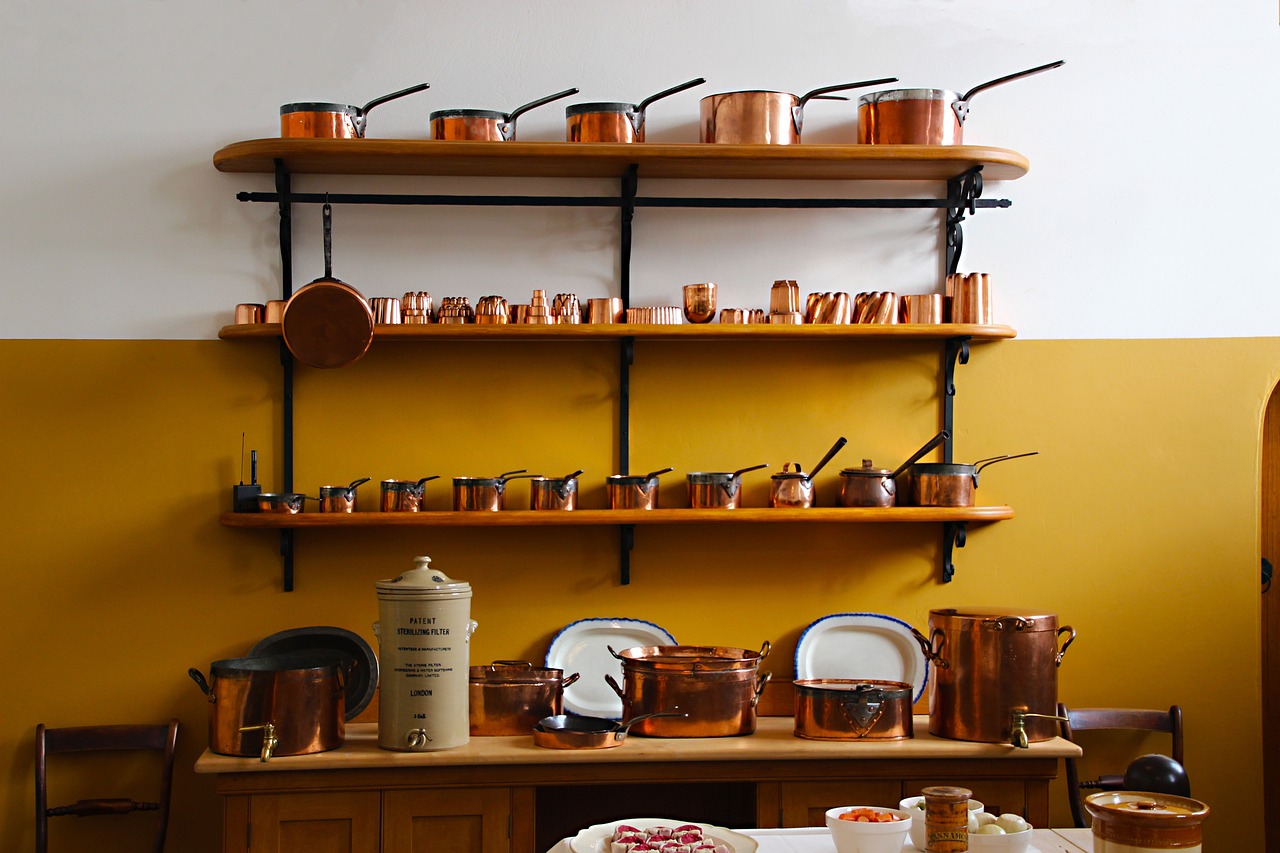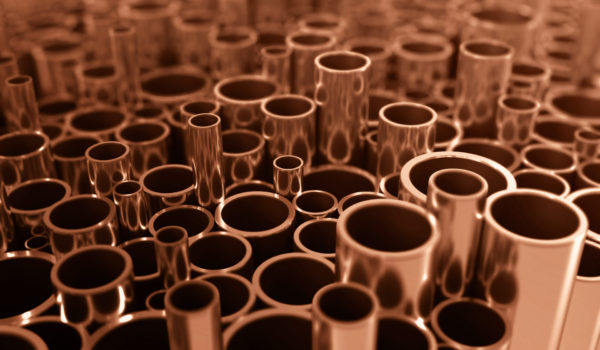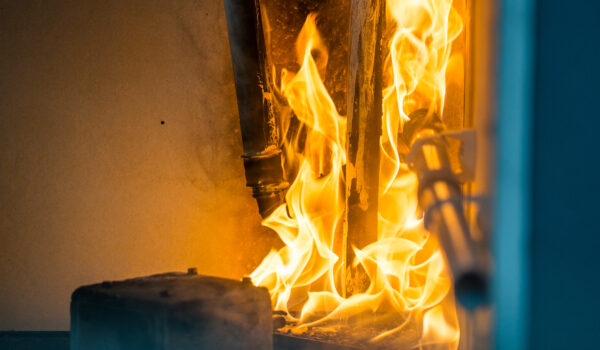Equipped with a unique set of properties, copper has been critical to the development of human civilisation.
And thousands of years on from its discovery, the red metal continues to play a pioneering role in society.
In fact, copper ranks as the third most heavily consumed metal in the world after iron and aluminium.
Want more interesting copper facts? Read on to learn more about the red metal.
Ten interesting facts about copper
Copper has had an enormous but often understated impact on the makings of the modern world.
Here are ten facts that shed light on the properties, uses and benefits of this one-of-a-kind material.
-
Copper predates any other metal
As the first metal discovered and manipulated by humans, copper played a pivotal role in prehistory, helping ancient humans advance from the Stone Age.
One of the earliest archaeological finds is a copper pendant that can be traced back to around 8700 B.C. in modern-day Iraq.
Along with jewellery and ornaments, copper was also used by ancient civilisations to make tools, coins, and weapons.
-
Copper is highly conductive
Copper is second only to silver among metals in terms of electrical conductivity, which is why electrical copper wire is so widely used in electronics, telecommunications and power distribution.
In addition, the red metal has a high thermal conductivity, making it suitable for use in cookware, radiator pipes and other products where efficient heat transfer is key.
-
The Statue of Liberty is made of copper
This may come as a surprise, given its distinctive green colour, but the Statue of Liberty is actually made of more than 80 tonnes of copper.
When first unveiled in 1886, the statue had a reddish-brown colour, but with continued exposure to wind and rain the structure gradually turned green.
The thin layer of oxidisation now formed on the surface of the statue helps to protect the iconic symbol of freedom from the elements.

-
Copper supports a healthy body
Copper is an essential trace mineral that the body needs to stay healthy, with the metal used to carry out important functions like making energy and forming red blood cells.
The body doesn’t produce copper independently, so it needs to come from our diet. Foods that contain copper include nuts, beans, potatoes and leafy greens.
-
There are more than 400 copper alloys
The various properties of copper are routinely altered and improved upon for industrial use by combining the material with other metals to form copper alloys.
There are more than 400 different copper alloy compositions – with some of the most well-known ones including bronze and brass – and more continued to be engineered to this day.
-
Copper is naturally antimicrobial
Another one of copper’s impressive properties is its natural resistance to bacteria, which it kills on contact within a few minutes.
When microbes land on a copper surface, oxidising atoms are released by the metal, pulling electrons from the microbe’s cell wall until they are broken down.
This is the reason why antimicrobial copper is used in water treatment facilities as well as on high-touch surfaces in public transport systems.
-
Copper is favoured by Michelin-star chefs
Owing to its excellent thermal conductivity and sparkling appearance, copper is considered the material of choice when it comes to cookware.
Copper cookware is great at spreading heat quickly and evenly, preventing certain areas from becoming hotter than others and ensuring food is cooked evenly.
It’s why copper pots and pans are such a regular feature of Michelin-star kitchens, being used to prepare delicate dishes like fish, sweets, and certain sauces.

-
NASA sent a copper time capsule to space
In 1977, NASA launched a time capsule containing sounds and images intended to convey the story of life on Earth into space.
The time capsule consists of two gold-plated copper phonograph records, with copper chosen based on its mechanical strength and ability to withstand a wide range of temperatures.
It’s estimated that the data on the copper discs will remain intact for a billion years.
-
Copper is infinitely recyclable
Did you know that around 80% of the copper ever mined remains in use today? This is because copper can be recycled again and again without any loss of quality.
The metal’s infinite lifecycle lends itself to the circular economy, with copper recycling helping to meet current demand for raw materials without compromising the needs of the future.
Copper’s strong sustainability credentials are one of the main reasons why a growing number of professionals are opting for copper in the debate between copper vs plastic pipes.
-
Copper is everywhere
From plumbing and construction to electronics and industrial machinery, the uses of copper are vast.
The average single-family home contains approximately 200 kilograms of copper, while a typical car has around 20 kilograms of the metal.
If you’re reading this on a phone or computer, you’ll find copper in there too, helping to conduct electricity in the circuit board.
Copper: a material for past, present and future
Copper has been key to humanity’s progress over the millennia, and today it is helping to tackle one of the world’s most pressing issues by shaping a more sustainable future.
Highly versatile and infinitely recyclable, the red metal is set to play a pivotal role in the transition to a circular economy across plumbing, construction and several other industries.
Want to learn more about the uses and benefits of copper? Make sure to check out our other news items.

